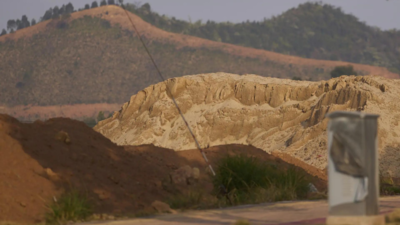China’s critical mineral squeeze: GTRI urges urgent localisation drive; reverse-engineering push seen key to cutting $100 bn trade gap
China’s escalating export curbs on critical minerals are no longer just strategic warnings but a direct challenge to India’s industrial ambitions, think tank Global Trade Research Initiative (GTRI) said on Thursday, urging immediate action through reverse-engineering and localisation of key imports to reduce dependency on Beijing.“India must act to slash Chinese import dependence. There is an urgent need to do reverse-engineering of low- to mid-tech imports, domestic production incentives, and long-term investment in deep-tech manufacturing to reduce overreliance on a geopolitical rival and build economic resilience,” GTRI founder Ajay Srivastava said, PTI reported.GTRI noted that since mid-2023, China has restricted exports of gallium, germanium, and graphite — minerals essential for India’s electronics, defence and clean energy sectors. The curbs have disrupted Indian industry’s supply chains, with strategic ambiguity used to justify the restrictions under the guise of national security.Srivastava also flagged a recent incident where Chinese battery giant CATL allegedly instructed Foxconn to pull Chinese engineers from a plant near Chennai. “The move disrupted timelines and coordination at a crucial time for India’s electronics and EV supply chain buildout,” he said.As per GTRI, India’s trade deficit with China surged to $100 billion in FY25, with imports rising even as exports fell. Chinese companies now dominate over 80% of India’s supply in key areas such as laptops, solar panels, antibiotics, viscose yarn and lithium-ion batteries.To address this growing imbalance, GTRI recommended setting up sector-specific industrial labs to deconstruct high-volume imports and develop standardised open-access blueprints. These could be shared with MSMEs and large manufacturers to build domestic capacity.“The first step is to launch a nationwide reverse-engineering initiative,” Srivastava said, adding that a ‘Localize-100’ tracker should be launched to monitor localisation of the top 100 imported items from China.







Post Comment